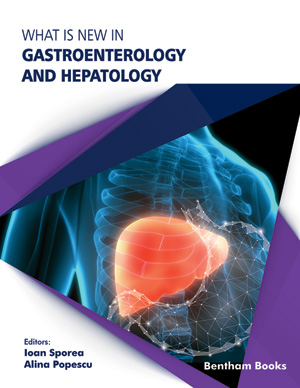Abstract
Nonalcoholic fatty liver disease (NAFLD) is the most common liver disease, with a worldwide prevalence of 25%. Considering the ongoing obesity epidemic, the rise in diabetes, and other features of metabolic syndrome, the prevalence of NAFLD along with the proportion of those with advanced liver disease is expected to increase continuously. NAFLD/NASH patients have a high comorbidity burden; those with advanced liver disease have significantly higher costs, especially for patients requiring hospitalization. Early identification and effective management is needed to minimize the disease progression and costs. Experts reached a consensus that NAFLD does not reflect current knowledge, and metabolic (dysfunction) associated fatty liver disease “MAFLD” was suggested as a more appropriate overarching term. Until now the biggest unmet need is a performant biomarker that can diagnose and stage NASH to replace the need for liver biopsy. Such a biomarker, will increase the ability to identify patients at risk, monitor disease progression, and response to the therapy. Treatments need a multidisciplinary approach and include: drugs targeting intake and disposal energy, lipotoxic liver injury, inflammation and fibrogenesis that lead to cirrhosis.
Keywords: Biomarkers, Diabetes Mellitus, Disease Progression, Liver Biopsy, Liver Cirrhosis, Metabolic Associated Fatty Liver Disease, Metabolic Syndrome, Non-alcoholic Fatty Liver Disease, Non-alcoholic Steatohepatitis, Obesity.






















